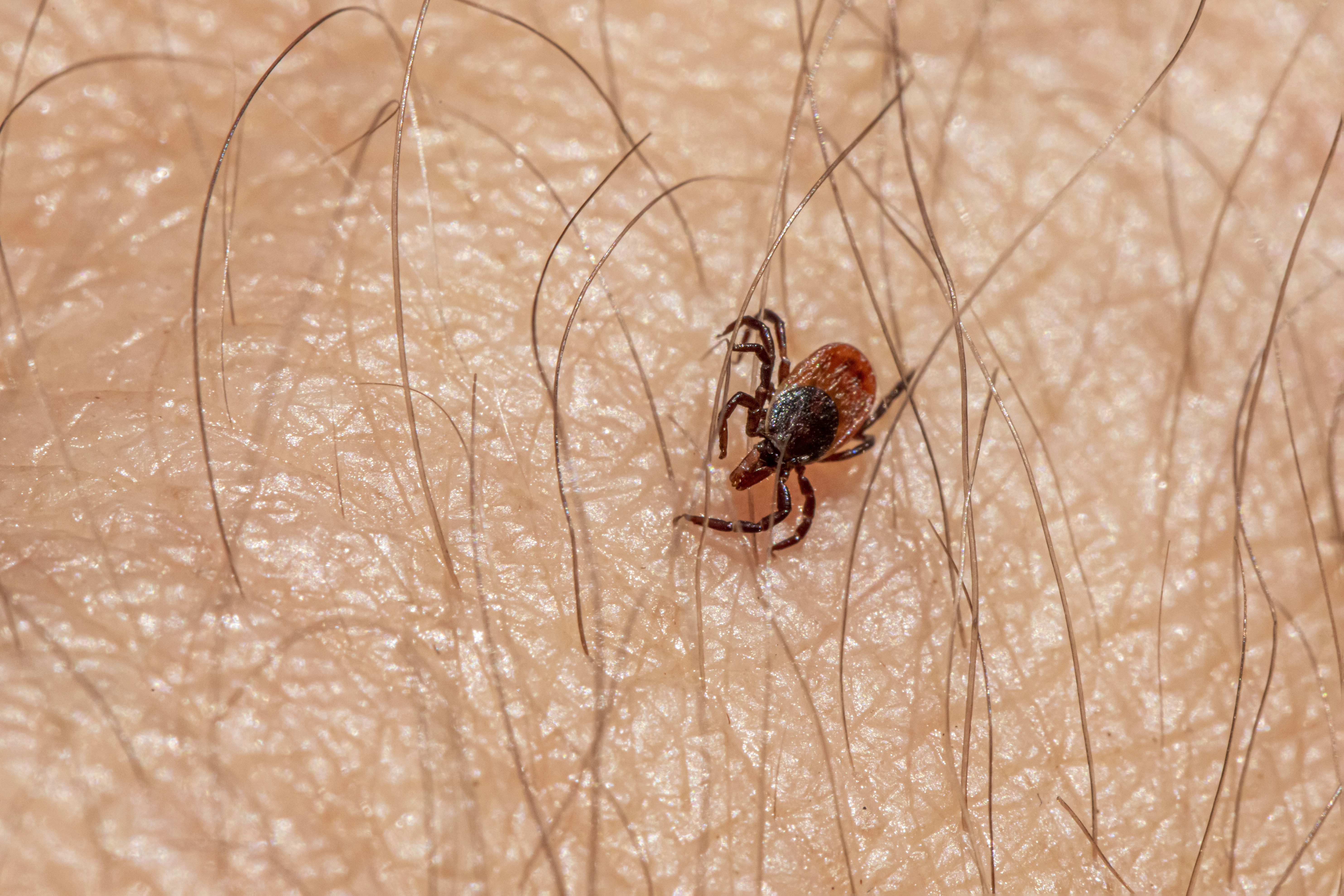
Why Flea and Tick Protection is Crucial
The necessity for flea and tick protection in pets cannot be overstated, as these parasites pose serious health risks that may compromise the well-being of dogs and cats alike. Fleas and ticks can induce intense itching and discomfort, leading to an array of secondary health issues. For instance, constant scratching affects a pet’s quality of life and may result in skin infections, further complicating the situation and requiring veterinary intervention.
Beyond mere discomfort, these parasites can transmit severe diseases that are potentially life-threatening. Lyme disease, for example, is a notable concern linked to tick bites. It can cause symptoms such as fever, joint pain, and lethargy, ultimately leading to kidney issues if left untreated. Additionally, fleas can lead to tapeworm infestations in pets, which, aside from being troublesome, can divert essential nutrients from their diets, jeopardizing their health.
Small pets are particularly vulnerable to the detrimental effects of flea and tick infestations. These pests can induce allergic reactions, leading to severe skin conditions or even conditions like anemia. Anemia occurs when the parasites feed on a pet’s blood, diminishing the overall health and vitality of the animal. This risk is especially prevalent in young or compromised pets, where even minor infestations can escalate quickly into more critical health issues.
It is a common misconception that indoor pets are at minimal risk of encountering fleas and ticks. However, these parasites can easily infiltrate homes via clothing, shoes, or even other animals. As such, year-round prevention is not merely advisable—it is essential. Ensuring that pets are adequately protected against fleas and ticks is crucial for maintaining their health and happiness.
How to Choose the Right Product
Selecting the optimal flea and tick prevention products for pets is imperative for ensuring their health and comfort. One of the primary factors to consider is the size and weight of your pet. Different formulations have varying concentrations of active ingredients, which means that a standard dosage for larger dogs might be harmful to smaller breeds. Pet owners should consult their veterinarian to determine the appropriate dosage based on their pet’s specific weight and size.
Special considerations also apply when it comes to puppies and kittens. These young animals require gentler formulations, as their developing bodies may react adversely to more potent medications. Many manufacturers produce specially formulated products that cater to the sensitive needs of younger pets. It is essential to read labels carefully and select products that are explicitly labeled for use in puppies or kittens.
A pet’s lifestyle significantly influences the type of flea and tick protection they require. Outdoor pets, for example, are at higher risk for flea and tick exposure and may benefit from stronger or more comprehensive treatments, whereas indoor pets may require less intensive protection. Understanding your pet’s habits allows for tailored prevention, ensuring that they receive the suitable protection level for their specific environment.
Furthermore, there are multiple application methods available, including topical treatments, oral medications, collars, and natural sprays. Topical treatments, for instance, are often favored for their ease of use, while oral formulations offer systemic protection. Collars can provide long-lasting effects and continuous protection, while some owners may prefer natural sprays as a more holistic approach. It is crucial to take into account your pet’s temperament and lifestyle when deciding on the application method.
Finally, it is vital to never use dog-specific products on cats and vice versa, as certain ingredients can be toxic to specific species. Always read the product labels and consult with a veterinarian to ensure the chosen flea and tick prevention method is both effective and safe for your pet.
Best Flea and Tick Products for Dogs in 2025
As pet owners look to protect their dogs from fleas and ticks, selecting the most effective products from the multitude available in 2025 is paramount. Among the leading options, NexGard chewables stand out for their efficacy and convenience. These oral tablets contain a novel ingredient called afoxolaner, which disrupts the nervous system of fleas and ticks, ensuring fast relief from infestations. Administered once a month, NexGard delivers continuous protection against pests for 30 days, making it a practical choice for busy pet owners.
Another popular choice is Frontline Plus, a topical solution that combines fipronil and (S)-methoprene. Applied to the skin on a monthly basis, Frontline Plus works by killing adult fleas, larvae, and eggs, as well as effectively combating tick infestations. One key advantage of this product is its water-resistant formulation, which allows dogs to bathe or swim without losing effectiveness. However, some pet owners report that topical solutions can be messy, requiring a waiting period before pet interaction.
Additionally, Bravecto is worth considering. This is another oral medication that provides a longer-lasting solution; a single dose protects dogs for up to 12 weeks. Its active ingredient, fluralaner, works similarly to NexGard but offers added convenience due to its extended efficacy. While the upfront cost may be higher, the fewer applications needed can save time and effort. It is essential, however, to note potential side effects, including gastrointestinal upset for some pets.
Ultimately, each product offers unique benefits and potential drawbacks. Determining the most suitable flea and tick prevention for dogs will depend on individual pet needs, lifestyle, and personal preferences. Consulting with a veterinarian can help tailor the choice, ensuring comprehensive protection for furry companions in 2025.
Best Flea and Tick Products for Cats in 2025
As pet owners consider effective flea and tick prevention for their cats in 2025, the market offers a variety of solutions tailored to the unique needs of felines. Among the top recommended products are topical treatments, oral medications, and flea collars. Each of these options has distinct application methods, effectiveness durations, and features worth exploring.
One of the most popular categories are topical treatments, which are often applied to the back of the cat’s neck. Products like Frontline Plus and Advantage II provide lasting protection, typically effective for a month. These treatments are designed to kill fleas and ticks on contact and often include ingredients that disrupt the life cycle of these pests, ensuring a thorough approach to prevention. Pros of topical treatments include ease of use and rapid onset of action. However, some cats may experience skin irritation as a side effect, so monitoring is necessary after application.
Oral medications, such as Bravecto and Comfortis, have also gained traction due to their convenience and effectiveness. These chewable tablets not only repel fleas and ticks but also kill them once ingested. The duration of effectiveness can last from one to three months, depending on the product. While oral treatments can be easier to administer for cats accustomed to eating snacks, some owners note that administering pills can be challenging if the cat is resistant.
Flea collars, like Seresto, offer a continuous release of active ingredients and protect against both fleas and ticks for many months. These collars are adjustable, allowing for a customized fit for various cat sizes. However, it’s crucial to ensure that the collar does not irritate the cat’s skin, and owners should regularly check for tightness and wear.
In summary, when selecting flea and tick prevention products for cats, owners have several effective options available in 2025. By understanding the pros and cons associated with each type, cat owners can make informed choices that prioritize their pets’ health and comfort.
